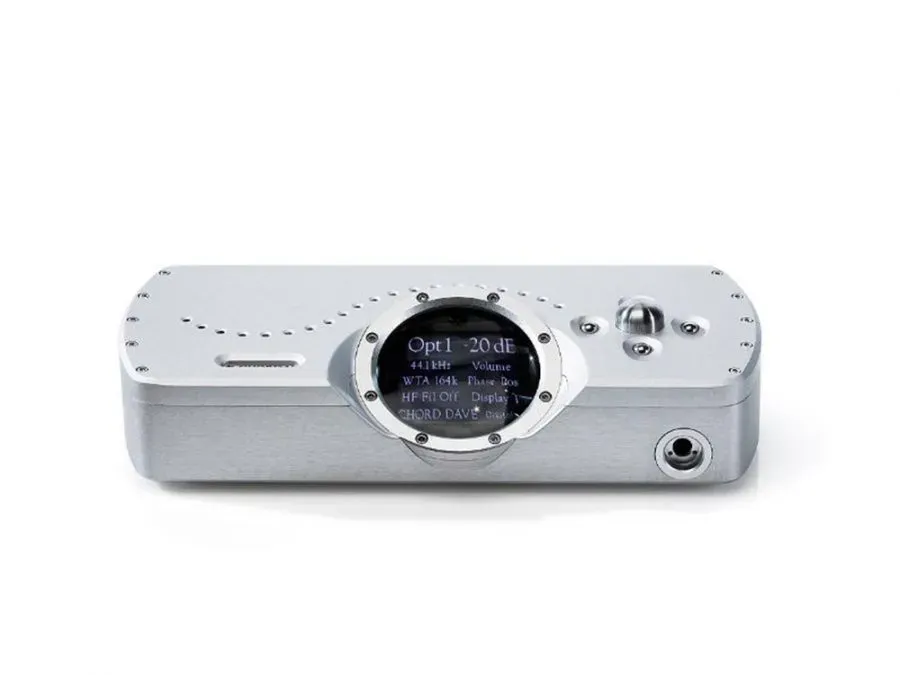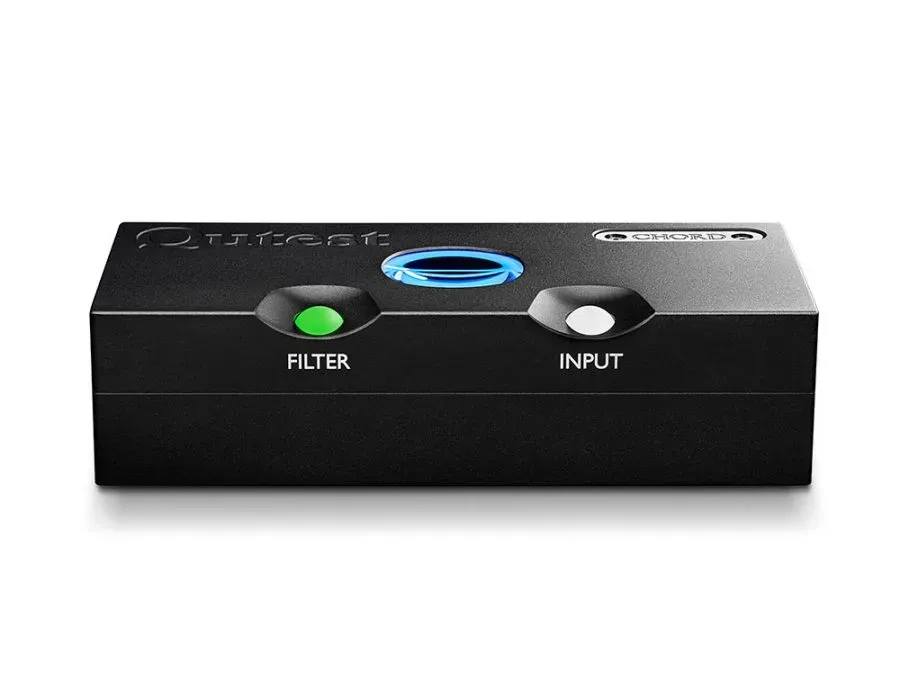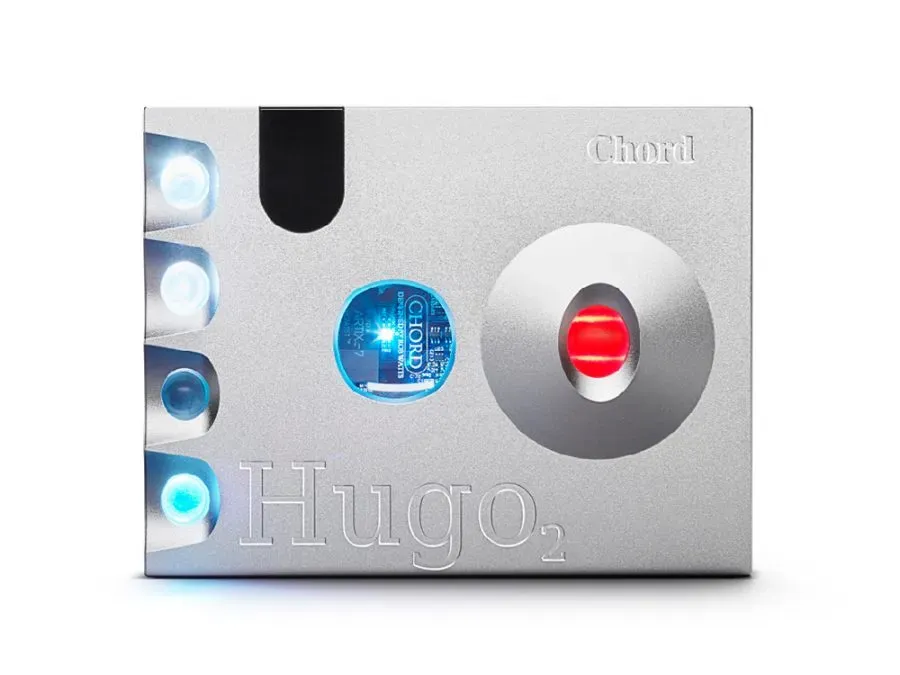DACs — Chord HUGO TT 2
Description, images, technical data and specifications
Chord HUGO TT 2
Image source — © Chord
The output section of the device is completely discrete, guaranteeing a reference noise reduction. As a result, the technical characteristics of the Chord Hugo TT2 are described as fabulous – distortion does not exceed 0.00008%, channel separation reaches 138 dB, and the dynamic range exceeds 127 dB.
Specifications
Model name
HUGO TT 2
Conversion type
N/A
Engine
N/A
DSD compatability
N/A
Parameters
N/A
Frequency response low +/- 3dB (Hz)
N/A
Frequency response high +/- 3dB (Hz)
N/A
Gain (dBu)
N/A
Output Level (balanced) (V)
N/A
Output Level (single-ended) (V)
N/A
Input Impedance (balanced) (Ω)
N/A
Input Impedance (single-ended) (Ω)
N/A
Output Impedance (balanced) (Ω)
N/A
Output Impedance (single-ended) (Ω)
0.042
Analog outputs
N/A
Signal to Noise Ratio (dB)
N/A
Total Harmonic Distortion + Noise (% at 22 kHz)
0.00008
Dimensions (mm)
52 x 235 x 238
Weight (kg)
N/A
Official link
More components

DACs
Chord DAVE

DACs
Chord QUTEST

DACs
Chord HUGO 2

DACs
Chord Hugo TT2


